The Russian Toy (Toy Terrier) is an ornamental dog breed that appeared in Russia in the 1920s. These small dogs have won the hearts of many people with their intelligent and friendly nature, as well as their beautiful appearance. The Russian Toy is part of the large terrier family and is distinguished by its special grace and elegance.

History of the breed
The Russian Toy was created by crossing small English terriers and local Russian dogs. This happened in the early 20s of the last century in Moscow and St. Petersburg. The first representatives of the breed were born in 1923, and in 1958 the Russian Toy was officially recognized as a separate breed.
Characteristics of the breed
The Russian Toy is a small dog that weighs from 1.5 to 3 kg. They have a beautiful coat, which can be both short and long. Colors can vary from white to black, with silver, gold, ash or red shades.
Russian Toy dogs are intelligent and shrewd, they are easy to learn and quickly learn new commands. They are very friendly, loving communication and constantly seeking their owner’s attention. They never show aggression and are not prone to destructive behavior.
Breed Features
One of the main features of the Russian Toy is its small size. These small dogs are great for living in an apartment or small house. They do not need a large space for activity and can easily engage in games and training even in a small room. However, despite their small size, Russian Toy dogs are very energetic and need regular walks in the fresh air.
Another feature of the breed is its well-groomed and graceful appearance. The Russian Toy has a long and thick coat that requires regular grooming. Daily brushing and hygienic procedures will help to keep the coat in excellent condition and avoid possible skin problems.
In addition, the Russian Toy is an excellent companion for people of all ages. They are very attached to their owners and always ready to communicate and play. Due to their friendly nature, the Russian Toy is easy to socialize with other dogs and animals.
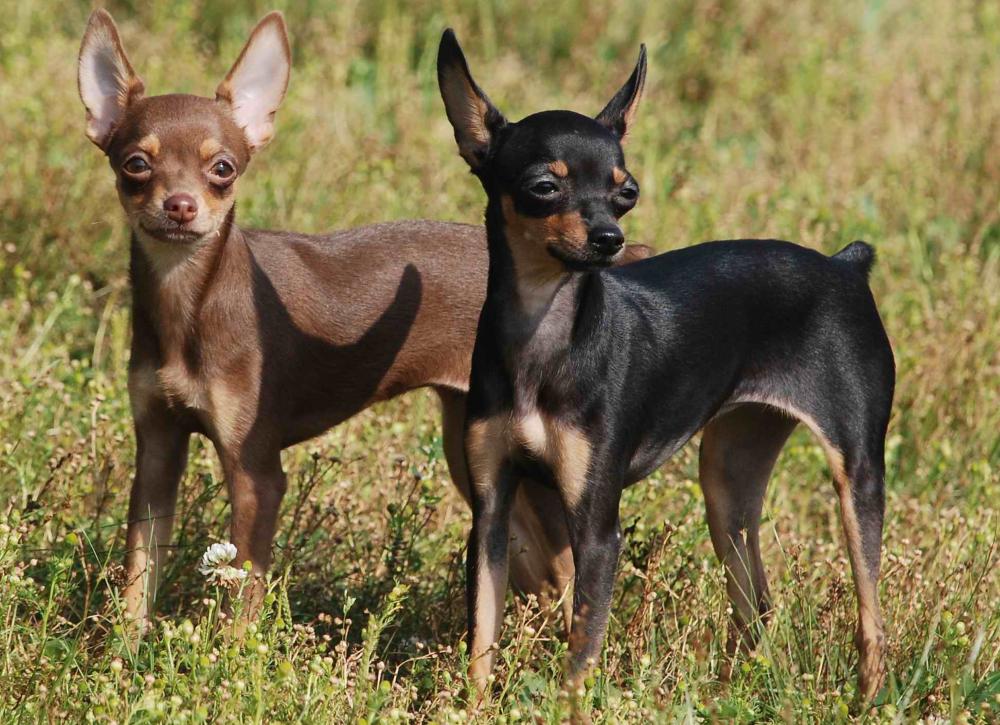
Taking care of a Russian Toe
Taking care of a Russian Toe doesn’t require much care. Like all dogs, they need regular grooming for their coat, teeth, nails, and ears. The Russian Toy doesn’t need long walks, but it does need regular exercise and games to keep it fit.
Attention should also be paid to proper Russian Toy nutrition. These little dogs need high quality and balanced food that should contain all the necessary nutrients.
Why shouldn’t the Toy Terrier be stroked on the head?
Talking about the Toy Terrier, it is important to note that this is a dog breed that has very sensitive skin on the head and ears. Therefore, some owners of that terrier do not recommend stroking or touching their dogs on these places.
If you do not pet the dog’s head or ears correctly, it can cause discomfort and painful feelings for the dog. They may become aggressive or try to bite you to protect their skin.
In addition to the sensitive skin on their heads, Toe Terriers also have long and fluffy coats that can get tangled and tangled if not ironed properly. Therefore, it is recommended that owners of Toy Terriers use special combs and brushes to remove knots and tangles.
It is important to understand that each Toy Terrier is different and may have different preferences and peculiarities. Some dogs may like to be stroked on the head if it is done gently and gently. Others may not like it and may show aggression or fear.
That’s why it’s important to know your dog and consider his preferences and peculiarities. If you’re not sure how to properly pet your Toy Terrier, seek advice from a professional groomer or veterinarian. They can help you choose the right tools and techniques to ensure your pet is comfortable and healthy.
What is the difference between a Toy Terrier and a Russian Toy Terrier?
- The Toy Terrier and Russian Toy Terrier are two different breeds of ornamental dogs. Here are a few key differences between them:
- History and Origin: The Toy Terrier originated in France and was bred in the 19th century by crossing small terriers and other ornamental dogs. The Russian Toy Terrier, on the other hand, was created in Russia in the 1920s by crossing English Terriers and local Russian dogs.
- Size and Weight: The Toy Terrier is an even smaller dog breed than the Russian Toy. The Toy Terrier usually weighs between 1.5 and 3 pounds, while the Russian Toy weighs between 1.5 and 3.5 pounds. In general, however, both dog breeds are of small size.
- Appearance: Toy Terriers have short, smooth coats that can be white, black, brown, or gray. Russian Toy Dogs have both short and long coats, with various shades including golden, white, black, silver, and ash.
- Character and behavior: Both dog breeds are friendly and loyal to their owners, but the Russian Toy is often described as calmer and more balanced than the Toy Terrier. Toy Terriers are more energetic and require more physical activity.
- Grooming: Both breeds require regular grooming of the coat, nails and teeth. However, the skin on the head and ears of Toy Terriers is not as sensitive as that of Russian Toyers, so Toy Terriers can be stroked on these places without special restrictions. Russian Toyas, on the other hand, as mentioned earlier, have very sensitive skin on the head and ears, so you have to be careful when petting and touching them in these areas.
Top 10 facts about the Russian Toy Terrier:
- The Russian Toy Terrier is an ornamental dog breed that was bred in Russia in the 1920s by crossing small English terriers and native Russian dogs.
- Russian Toyers are a small breed of dog, and their weight ranges from 1.5 to 3.5 kg.
- The Russian Toy Terrier has a long and thick coat, which requires regular grooming and brushing.
- These dogs are very friendly, easy to train and learn new commands quickly.
- Russian Toy is not prone to aggressive behavior, they are peaceful and balanced nature.
- Russian Toy are great companions for people of all ages, they are very attached to their owners and always ready to communicate.
- Russian Toies don’t require much space for activity and can easily engage in games and training even in a small room.
- Russian Toies have very sensitive skin on their heads and ears, so they need special care.
- Russian Toies can have a variety of coat colors, from white to black, with silver, gold, ash, or red hues.
- The Russian Toy Terrier is one of the most popular decorative dog breeds in Russia and beyond. They are very popular because of their beautiful appearance, friendly character and easy trainability.
Conclusions
The Russian Toy Terrier is a very attractive dog breed that is small, graceful and graceful in appearance, friendly and balanced in character, and easy to train. They are great for living in an apartment or small house and do not require much space for activity. Russian Tois can be great companions for people of all ages due to their affection for their owners and friendly nature.
However, it is worth remembering that Russian Toy dogs need regular grooming for their coats, teeth, nails and ears. In addition, their sensitive skin on the head and ears requires special attention and care when grooming.
If you are looking for a small, friendly and intelligent dog breed that will be a great companion for you and your family, the Russian Toy Terrier is an excellent choice. However, like any dog breed, they require attention, care, and proper grooming in order to stay healthy and happy.
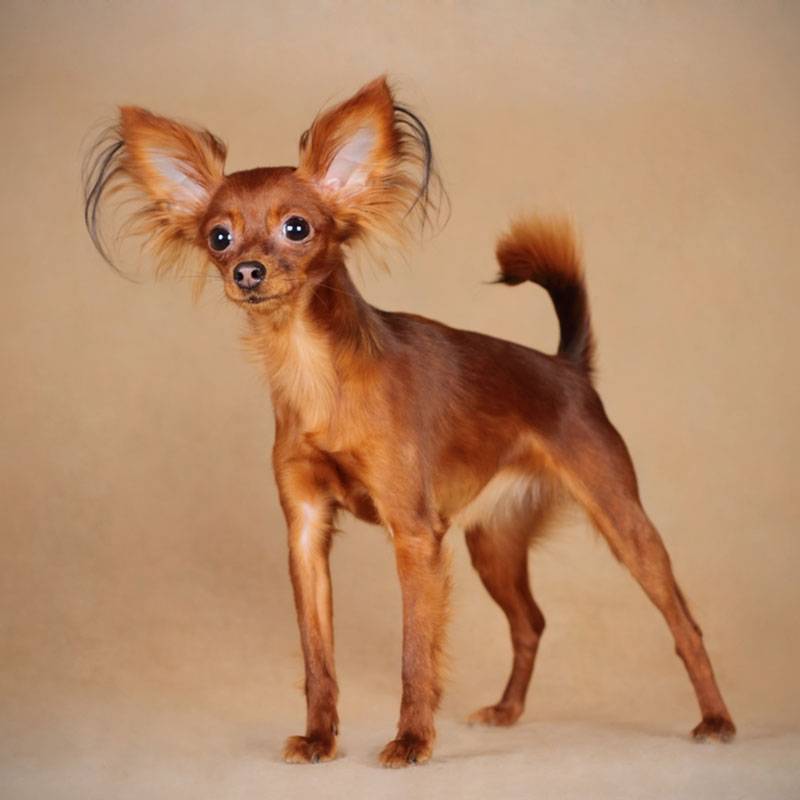

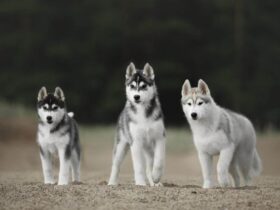
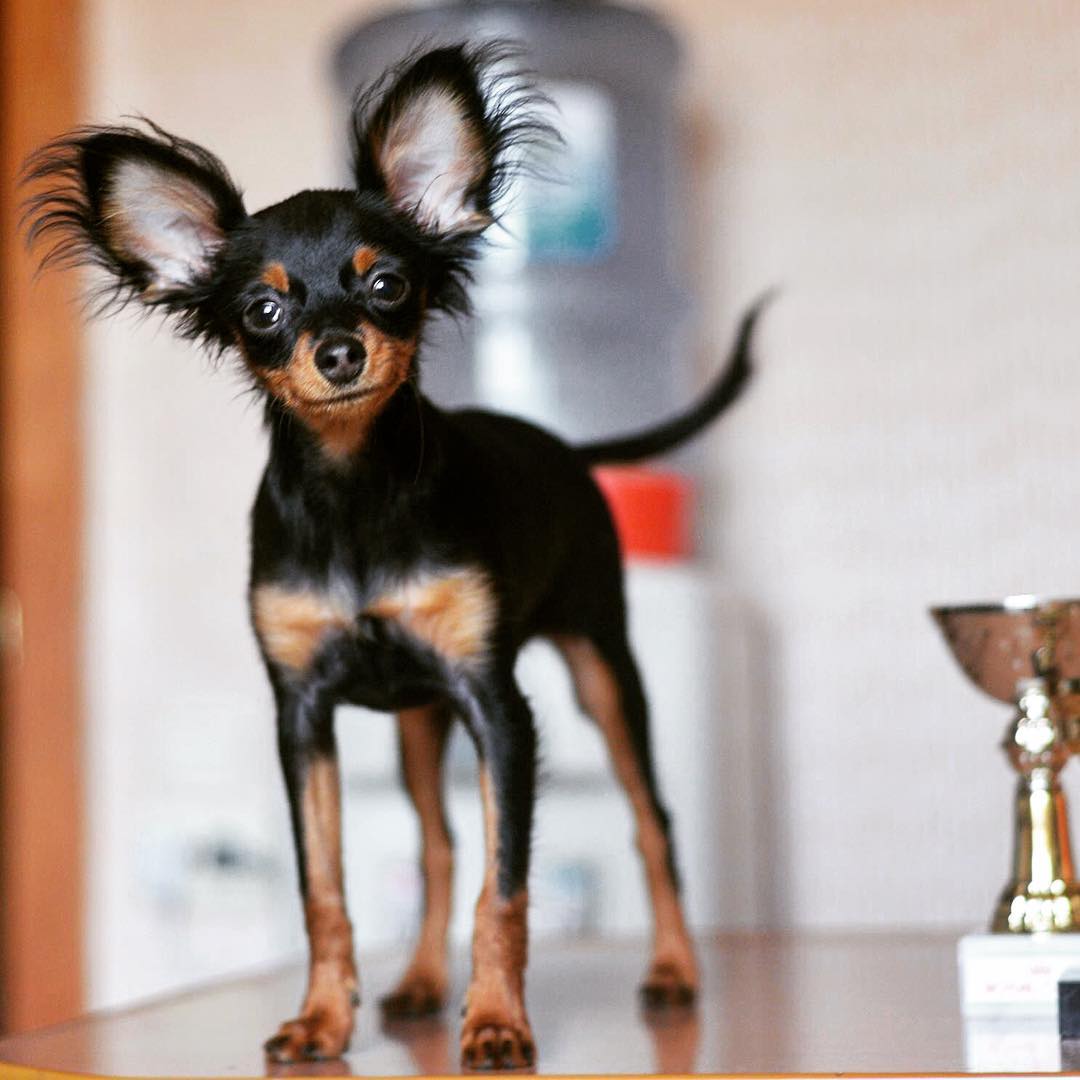
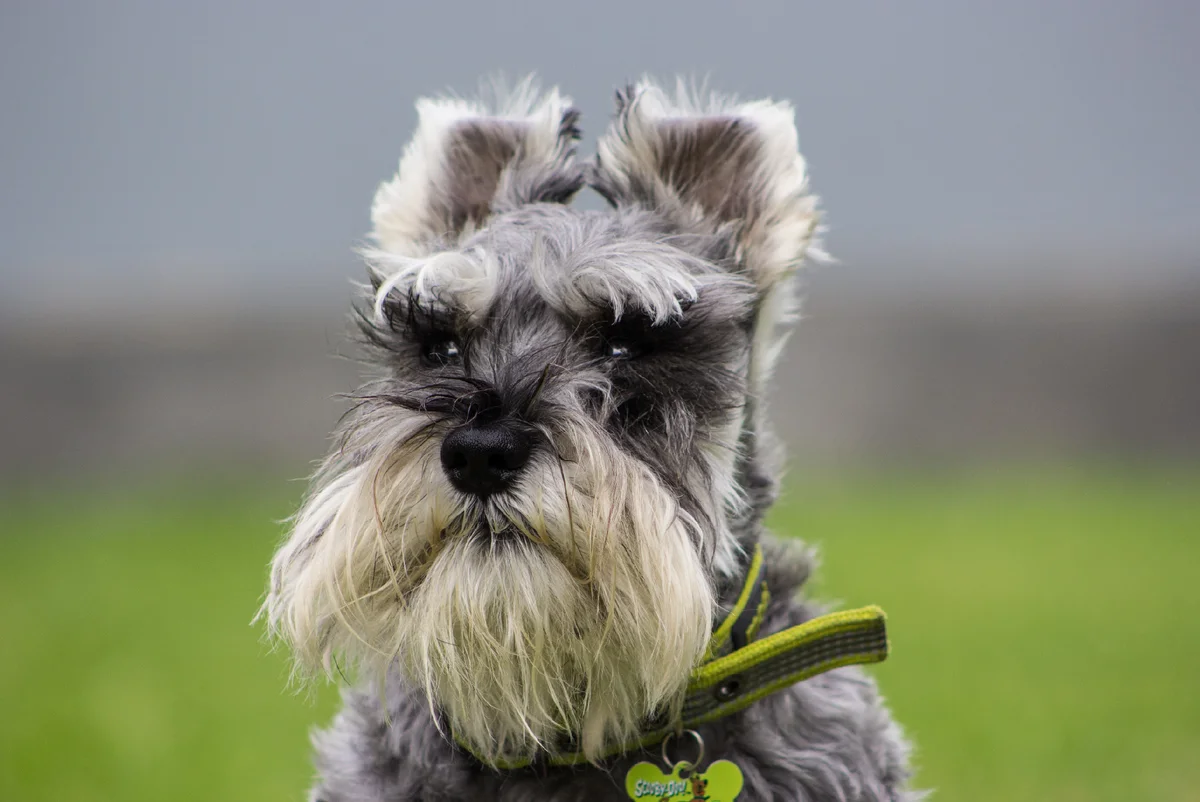
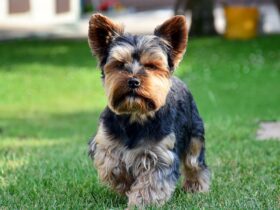

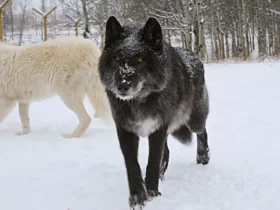
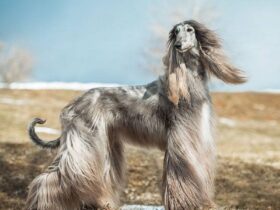
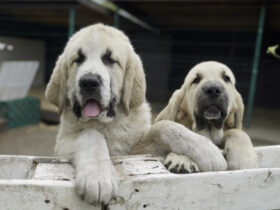
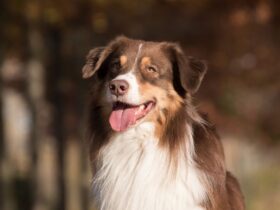
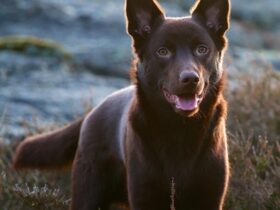
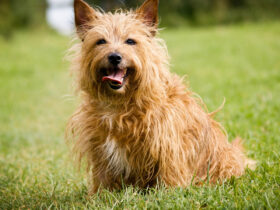
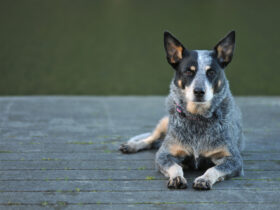

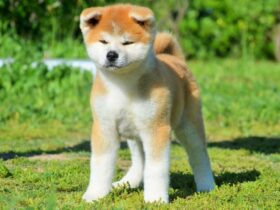
Leave a Reply